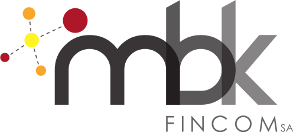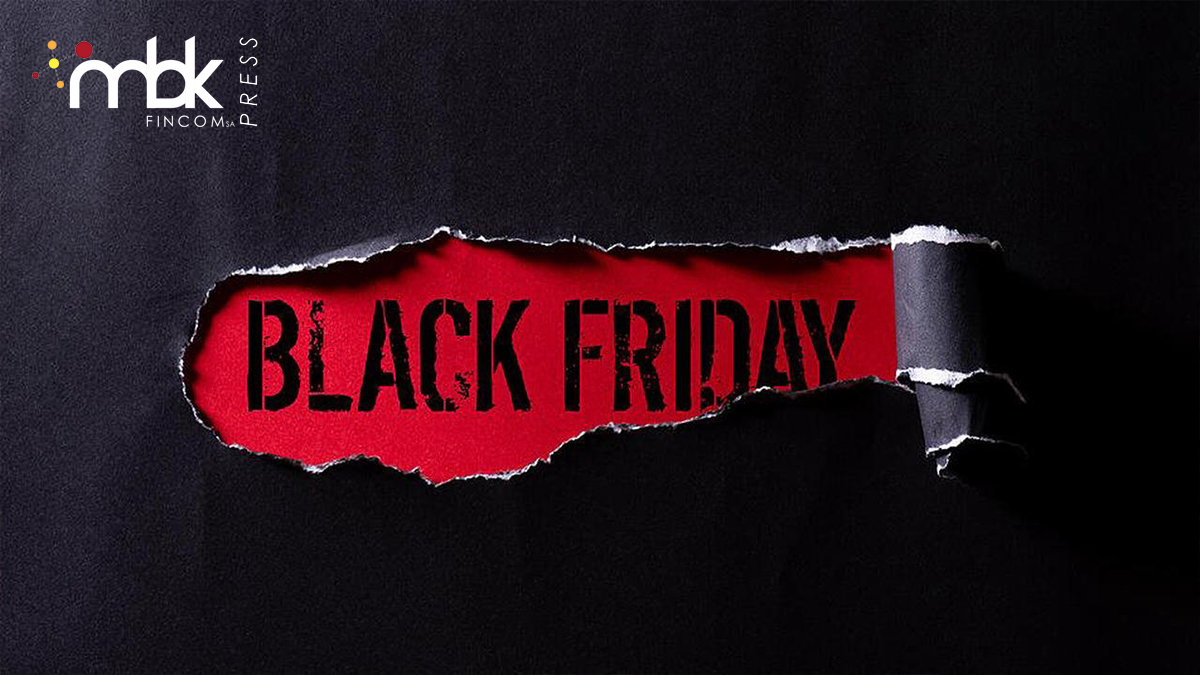Every year for some time now, almost all businesses offer a (further) special discount day: Black Friday. The origin of this event is well known to many, but marketing is a different matter. Promoting a business among many on a day when competition is at its fiercest is complex and requires specific measures. Let’s take a look at them together from an MBK study.
At first glance, concentrating several weeks’ worth of sales on a single date may seem crazy, but it was on this assumption that Black Friday was born almost 70 years ago. Sensing the potential of the early opening of Christmas shopping, with the right sponsorship, it was decided to “give” consumers a day of special promotions; the rush stimulated by the dynamics of expectation, of timing, of the upcoming holidays is a not inconsiderable driver for sales.
Given that everyone wants to maximize their revenues as much as possible during this period (which is not limited to a single day now), what should be done to stand out from the competition?
How to get to Black Week
As has been observed for a few years now, Black Friday is no longer just a day of discounts; it has become the culmination of a period of promotions that precedes this day, which can last from a week to a month and a half.
What is known as the shopping journey, which is the process of opening, closing and making users curious about the products they want to buy, takes place over a period of 14-24 days on average, starting in mid-October and more frequently in November.
During these weeks, the various brands have to bring seasonal sales to a single point; on the other hand, users will get an idea both of the products they want (even if a certain percentage of purchases concern unnecessary products) and the means of purchase. At current statistics, between 55 and 60 per cent of users chooses to buy online, with one in two choosing a marketplace, and one in three opting for an offer aggregator.
The analytical data on the actual results are clear; in this quarter (but realistically with a greater concentration on the two-month period mid-October to mid-December), the volume of sales increases by 170 to 210% compared to the rest of the year. This is the largest increase, motivated by both the BF and the Christmas frenzy (opened by this day anyway).
Trend analysis and data: hype, buzz and sentiment
Like all scheduled discount days, the hype created around the BF, and the resulting buzz, provides a lot of data: on users, trends, transactions.
60% of traffic and requests come from mobile; this is a clear indication of how the choice of devices and means of use is rapidly changing (the transaction figure is different, at around 35% for now). Among the most clicked categories, we have
- sport and fitness
- tech
- health
- accessories and fashion

More than half of the sentiment recorded is positive (58%), although many users search primarily out of doubt (around 40%). More than 50% (57) of users are men, and around 70% of the total are aged between 18 and 34 – although this has been rising over the last two years, due to generational changes and purchasing habits.
Finally, and very importantly, more than 65% of users search before buying; both to find out about the brand and to compare products. This is the fact that most of all pushes companies to diversify their marketing strategies in order to position themselves at the top of users’ choices.
Marketing trends and practical solutions for Black Friday
Keyword: work on shopability.
This means making your product easier to find among the various proposals of your online competitors; you must therefore design your strategy around every single element of the funnel, which is longer and more complex at this time of year, exploiting the micro-interactions and micro-actions that potential customers generate in the weeks leading up to Black Friday (and pre-Cyber Monday, the e-commerce alternative of the following Monday).
Best practices and elements to consider carefully include:
- Omni-channel: this must be exploited not only on the sales side, but also on the marketing side. Expanding the audience of potential buyers, reaching all possible digital contact points (but not only), is one of the most effective methods to increase the shopability of your product/service/brand;
- Payment methods: you have to keep in line with your customers’ needs. It is certainly not possible to pretend to only use cash on delivery or credit cards, when more and more users are requesting secure and fast digital payment methods that provide a whole series of services (refunds in the event of returns, cashback, instalment payments). This also extends to offline, with NFC systems, the latest generation of POS and payment apps;
- Use of timers: the dynamics of urgency and exclusivity have always been a significant adrenaline driver in MKTG. Statistics in recent years have shown an increase in conversions of 200% in the presence of a countdown timer; the most instinctive mechanisms are always among the most effective;
- Microcopies and CTAs: working on micro-texts that serve to improve UX is ignored all too often; these are not simple warnings on how to move, but indications that often, unconsciously, have much more of an impact on the customer than one might expect. Investing in competent UX writers is only the beginning; everything that concerns the “indications” that are left on the site must be reviewed from a copy, visual and IT perspective. The various Call to Action (CTA), then, must be effective, persuasive, but without being predictable (Click here!) or boring (Try our massage chair now!);
- Influencer marketing: in recent years, enlisting the help of an industry influencer to promote your brand or product is increasingly proving to be a winning weapon. But be careful: choose an ambassador who is in line with your brand, vision and the product you want to promote. And who has the right web authority;
- Cross-selling and up-selling: working carefully on these two dynamics allows you to improve the value of the average shopping cart, increasing profits in quantitative terms.
- Email marketing: with a view to multichannel communication, despite the apparent obsolescence of the medium, it is still the channel with the highest number of conversions. Integrating your DEM with the other practices discussed above (CXW, CTA, Timer…) increases its effectiveness, but beware: an overload of information can have the opposite effect, generating negative sentiment.

Results
Calculating and analysing the interactions of the black week, two results are the most relevant: the time slot of the transactions (between midnight and 1:00 a.m. on the night between Thursday and Friday, and on Friday from 6:00 a.m. to midnight), which therefore indicates the high degree of response to the hype; the significant decrease in the churn rate.
This is because users’ interest in the products is not only real, but is prepared, with pre-designed shopping carts and above all in the hope of a considerable price drop.
Conclusion
The important question is: is Black Friday a relevant day?
From a brand perspective: yes, absolutely.
From a customer perspective: yes, but be careful.
The key is to invest in the right media and promotion at the right time. Over the years, the process has tended to become fairly automated, especially given the standardization of the event. However, it never hurts to keep an eye on innovation.
Sources
- Corporate PR
- Marketing Dept. ProduceShop (https://mbkfincom.com/)
- Il Sole 24Ore
- Criteo
- InsideMarketing
- LinkedinNews
- HT&T
- Forbes
- SemRush.com


